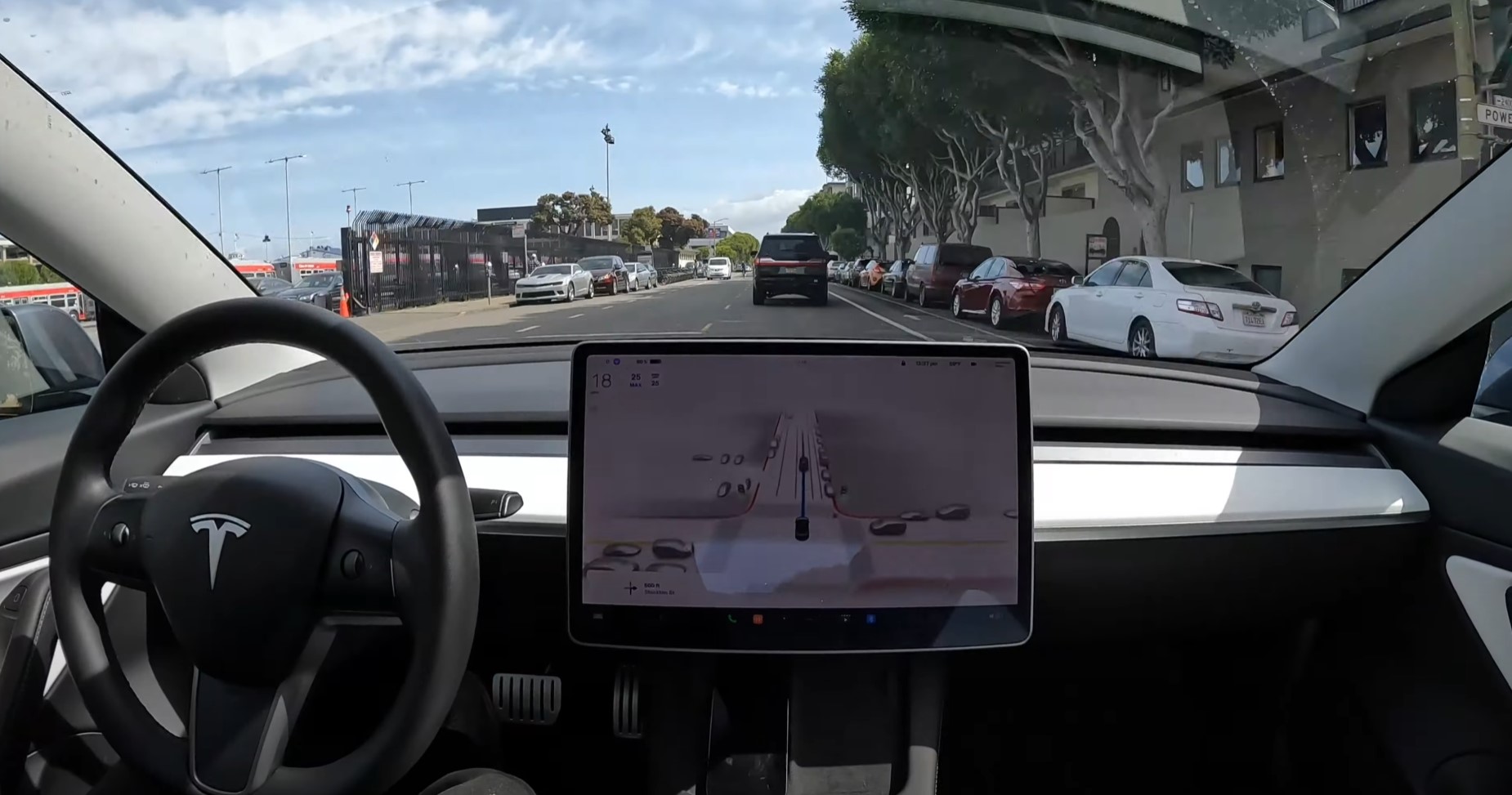S4WRXTTCS
Well-Known Member
Yes. “No one ever washed a rental,” right? The problem with all of these shared vehicle plans is they ignore the fact that a significant portion of the population are inconsiderate slobs and sociopaths.
How long until most of the robo taxis have slashed upholstery, graffiti on the seats and crap (both metaphorical and literal) on the floor? Yes, this is why we can’t have nice things.
We're entering into a new era of employee-free businesses, and robotaxis.
Robotaxis are still a few years out from major metro areas, and aren't economically all that viable for rural areas. But, even today there are employee-free businesses that have to deal with drunk humans.
My bet is we'll see a pattern of AI getting better at keeping an eye at a situation, and humans trying to get more creative in defeating the systems.
Here is a good example of what's happening now.

High-tech security can’t stop theft, frisky patrons at employee-free businesses
Fledgling chains of high-tech gyms and recreational spots that don’t have on-site employees are cropping up nationwide – and some are grappling with shoplifting and randy customers. Their novel bus…





